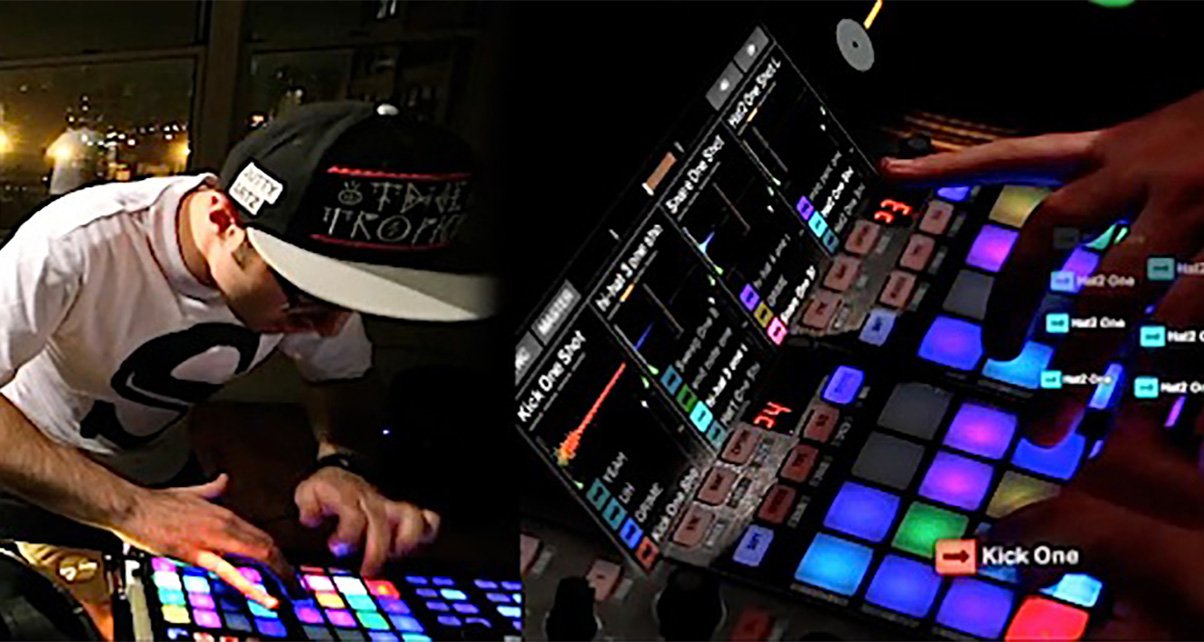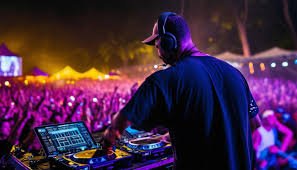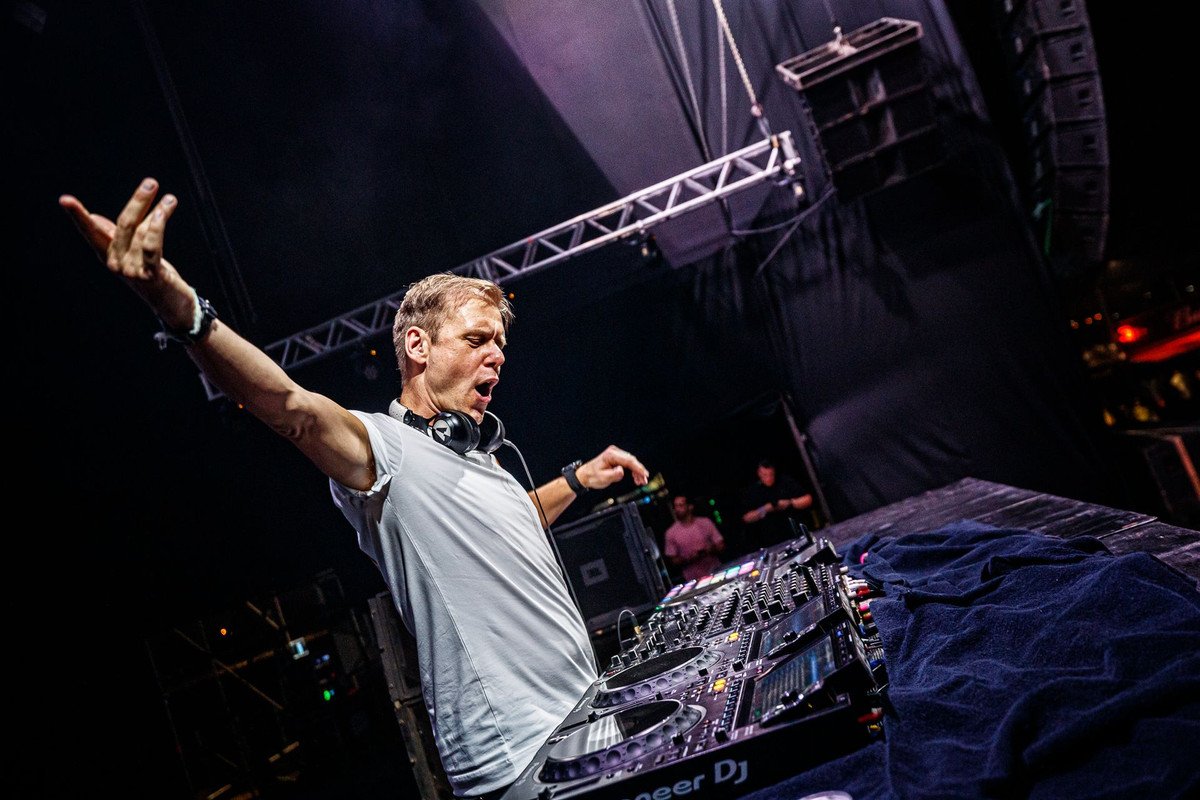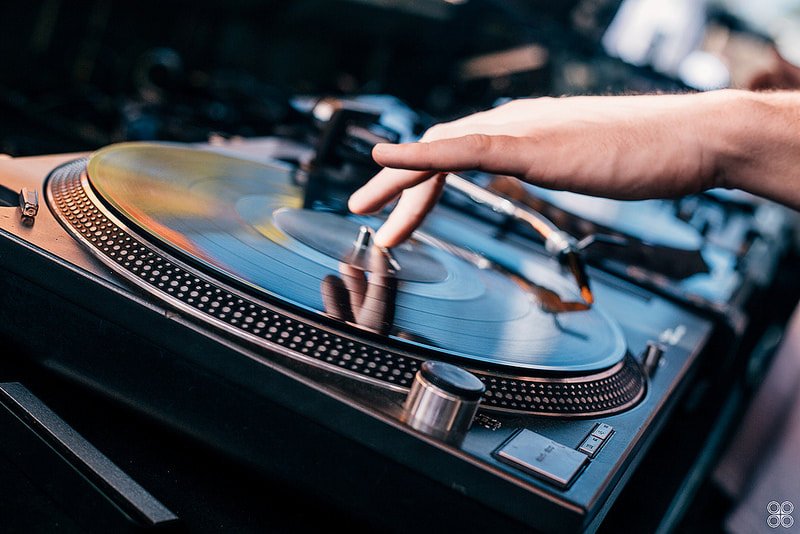Remixing is more than just a technical skill; it’s a form of artistic expression that allows DJs to breathe new life into existing tracks. By manipulating and reinterpreting the original compositions, DJs create fresh versions that resonate with new audiences or offer a different perspective on the familiar. Remixing has become a fundamental aspect of DJ culture, bridging genres, expanding musical boundaries, and showcasing a DJ’s creativity. But what does it take to remix a song, and how do DJs transform old tracks into new hits? Let’s explore the art of remixing and how DJs give old songs new life.
Understanding the Basics of Remixing
At its core, remixing involves altering or recreating a song to give it a new style, energy, or interpretation. DJs typically start by isolating specific elements from the original track, such as vocals, basslines, or drum beats. These elements are then manipulated through various techniques like tempo adjustment, adding effects, re-arranging sections, or integrating new sounds to suit the DJ’s vision.
While the essence of the original track remains intact, a remix allows the DJ to add their personal touch. This could mean reimagining the mood or tempo of the song, making it more suited for dance floors, or simply offering a fresh take that brings out hidden aspects of the original composition.
Techniques Used in Remixing
The process of remixing varies depending on the DJ’s style and the song being worked on. However, several techniques are universally used by DJs to transform old songs into something new:
- Tempo and Key Changes: A common technique in remixing is changing the tempo (speed) or the key (musical scale) of the track. DJs might slow down a song to make it more soulful or speed it up to suit the dancefloor. Similarly, altering the key can give the song a different emotional tone, making it more upbeat or melancholic.
- Layering and Re-arranging: DJs often take the individual elements of a song—such as drums, bass, and vocals—and layer them in creative ways. This may involve rearranging the song’s structure, changing the order of verses and choruses, or adding new breakdowns and bridges.
- Adding New Elements: A remix isn’t just about manipulating the existing track; it often involves adding new layers of sound. DJs might bring in extra percussion, synth lines, or even instruments like guitars or pianos to enhance the remix. These new sounds help give the track its unique feel.
- Effects and Processing: Effects like reverb, delay, distortion, and filtering are often used to give the song a fresh sound. For example, adding a “low-pass filter” can make the track feel more atmospheric, while heavy distortion can create a grittier, edgier sound.
- Sampling and Reinterpretation: Some DJs choose to sample different parts of other songs or sounds entirely. They may also reinterpret the original song, pulling out melodies or motifs that weren’t as prominent in the original. This allows the DJ to create a remix that feels like a new piece of music entirely.

Why Remixing is Important in DJ Culture
Remixing serves several purposes in DJ culture. On a fundamental level, it allows DJs to personalize tracks and make them their own. Instead of just playing an existing version of a song, remixing gives the DJ the freedom to transform the track into something that reflects their unique sound and style.
Beyond personal expression, remixing is also a way to bring fresh attention to older songs. Sometimes, a classic track may have lost some of its relevance, or its appeal may be waning. By remixing the track, a DJ can revitalize it, giving it a contemporary feel and introducing it to younger audiences who may not have experienced the original.
In addition, remixing allows DJs to bridge genres. For example, a popular rock song can be remixed with electronic beats, making it more appealing to dance music fans. This blending of genres helps DJs create fresh crossovers between different music communities, expanding the reach and influence of the music.
The Impact of Remixes on the Music Industry
Remixes have had a profound impact on the music industry, both commercially and culturally. For many tracks, a successful remix can lead to greater visibility, radio play, and even chart success. Some remixes even outshine the original versions of songs, becoming more popular in their own right.
For example, the remix of Whitney Houston’s “I Wanna Dance with Somebody” by DJ Dave Audé brought a new level of energy to the track, propelling it back onto the charts and into clubs. Similarly, the remix of The Chainsmokers’ “Closer” helped cement the track as a pop-culture phenomenon.
This phenomenon has changed the way songs are produced, with record labels often commissioning remixes in advance of a song’s release to create multiple versions of a track for different audiences. These multiple versions might be aimed at club-goers, radio listeners, or streaming platforms, with each remix tailored to a specific audience’s taste.
Famous DJs Known for Their Remixes
While remixes are commonplace in DJing, there are some legendary DJs whose remixes have had a significant cultural impact. DJs like David Guetta, Diplo, Calvin Harris, and Skrillex are renowned for their ability to rework tracks into massive hits. These artists have helped define the sound of modern electronic music, and their remixes often take on a life of their own.
David Guetta, for example, has remixed songs for some of the biggest names in pop, including Rihanna, Madonna, and the Black Eyed Peas. His remixes are known for their catchy, radio-friendly hooks and club-ready beats.
Diplo is another DJ known for his genre-blending remixes, often fusing elements of reggae, hip-hop, and dancehall into his work. His remixes for artists like Beyoncé and M.I.A. have shaped the global music landscape, bringing new sounds to the forefront of popular music.
The Future of Remixing
As technology continues to advance, the possibilities for remixing become even more exciting. Software and hardware tools are constantly improving, giving DJs more control and creativity in the remix process. The rise of artificial intelligence (AI) in music production may also play a role in the future of remixing, allowing DJs to use machine learning to predict and enhance remix outcomes.
Moreover, the rise of social media and streaming platforms has made it easier for DJs to share their remixes with the world. Platforms like SoundCloud, YouTube, and Spotify have allowed DJs to reach global audiences and collaborate with artists in new and innovative ways.
As remixing continues to evolve, it will undoubtedly remain a crucial aspect of DJ culture. It allows DJs to keep music fresh, make their mark on the industry, and continuously push the boundaries of what’s possible in the world of music.
Conclusion
Remixing is both an art and a science, allowing DJs to breathe new life into old songs and create something entirely unique. By reworking elements, adding new sounds, and manipulating tracks, DJs have the ability to transform songs, giving them fresh appeal and expanding their reach. Remixing also allows DJs to bridge genres, introduce new sounds to audiences, and create a deeper connection between music and its listeners. In the ever-evolving world of DJ culture, remixing remains a vital form of artistic expression and an essential tool for both DJs and the music industry as a whole.











